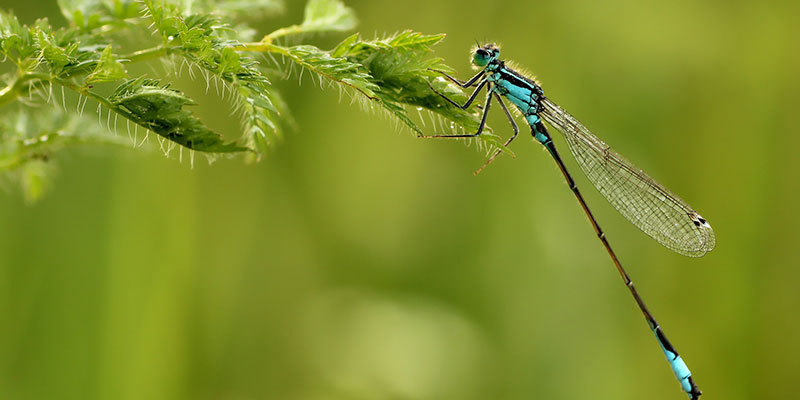Rise of the Dragons – a good news story from the frontiers of climate change
Okay, they’re not exactly Dragons, but dragonflies and damselflies are still pretty cool. Tadhg Carroll takes a look at species which are thriving in the Anthropocene.

Recent research from Germany and the UK & Ireland has revealed a broadly positive trajectory for this ancient group of beasties. I’m sure we’re all aware of many ways in which human environmental impacts are negatively affecting biodiversity. However, despite the concerning deluge of genuine bad news stories, the full story of present-day biodiversity change is one of nuance. From the perspective of individual species, the answer to the question of whether human impacts spell crisis or bonanza depends on who you ask. For instance, large mammals and much of the fauna of isolated islands have been losing the struggle to coexist with humans for thousands of years; pigeons, rats and house sparrows on the other hand have had a pretty good time of it. A relatively under emphasised narrative has emerged from this diversity of species’ recent fortunes – one of “winners” and “losers”. From this perspective it seems that dragonflies and damselflies, at least in certain European countries, fall disproportionately into the category of winners.
Both studies focused on trends in species occurrences in dragonflies and damselflies over the last 40 or 50 years. The researchers estimated the proportion of 1km or 5km areas in which each species was present for every year during this time-period. In the context of “winners” and “losers” of biodiversity change, the winners in this case are species which have increased their distribution across Germany or Ireland & the UK over the last half century, and the losers are those whose distributions have shrunk. In both regions winners outnumbered losers. The trend was particularly prominent in Ireland & the UK, where nineteen out of forty-six species ‘significantly’ increased their distribution, and only five species were present in fewer 1km grid squares in 2019 than in 1970.
Environmental mechanisms determining whether species won or lost also seem to have been similar in both regions – with rising temperatures likely playing a key role for winners and losers. Dragonflies like it hot, and species whose geographical ranges have grown over the last 50 years were predominantly those expanding to more northerly areas that were previously too cold for them to inhabit. Young dragonflies and damselflies exist entirely underwater as voracious predators. Expansions into newly suitable thermal zones were facilitated by less polluted river systems, particularly in Germany, which created more viable environments for juvenile individuals and their prey. Species on the decline also seem to have been affected by a changing climate. Cooler adapted species, and those associated with small pools, ponds and bogs were recorded in fewer locations over time. It’s likely that increasing drought from climate warming has dried out many areas of habitat for juveniles of these species at crucial points during their yearly lifecycles.
The rise and fall of dragonflies and damselflies over the last 50 years might serve as a parable for the future of biodiversity in a rapidly changing world. This group of highly mobile species have been quick to adapt to a warming world by spreading to newly suitable locations. Less mobile species may not have been so fortunate, nor have species for which suitable environments are contracting rather than expanding. The ability of the winners to exploit toasty new environments has been greatly facilitated by cleaner water, carefully managed habitats, and possibly even landscape engineering by reintroduced beavers in isolated instances. Though climate change is bad news for many of the losers, their decline has no doubt been slowed by conservation projects aiming to resist localised effects of globally rising temperatures, for example through the restoration of wetlands and creation of garden ponds. Conscious efforts and decisions as to whether we should aim towards facilitating, accepting or resisting particular aspects of biodiversity change should become a more prominent part of the societal conversation going forward.
Climate change is bad news, and the more we can do to reign in global temperature rises the better it will be for a whole range of environmental outcomes. However, given that the climate is changing, we would be wise to adapt alongside the winners, and learn from their successes, rather than just from the struggles of species unable to cope with the new reality.
Related links
Find out more about Tadhg Carroll's research.
Related links
Find out more about Tadhg Carroll's research.